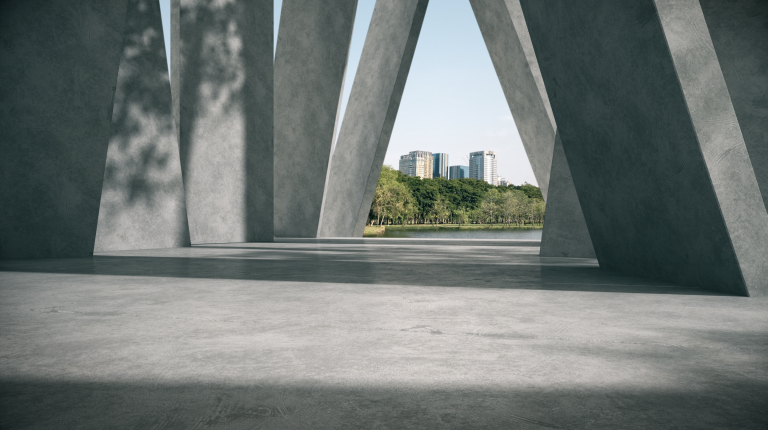
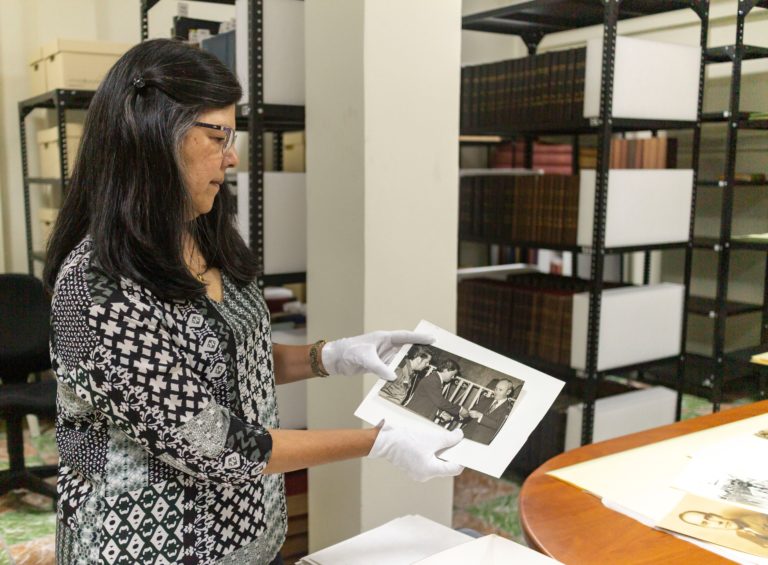
At the Carlos F. Novella Museum, a group of specialists work on the processes necessary to keep the collections in optimal condition and thus safeguard the history embodied in objects, documents, photographs, books, magazines, plans and audiovisual material.
These collections are being digitized to facilitate access to information in the Claris FileMaker database, created to record the documentary collections of the museum’s historical archive and movable heritage.
Documents and archives were formerly located in a museum space, but as the amount of goods in the different collections increased, it was necessary to find a new place for their correct storage. They were moved to their current location in the production building (former chemical laboratory), where the spaces were conditioned according to the needs of each collection.
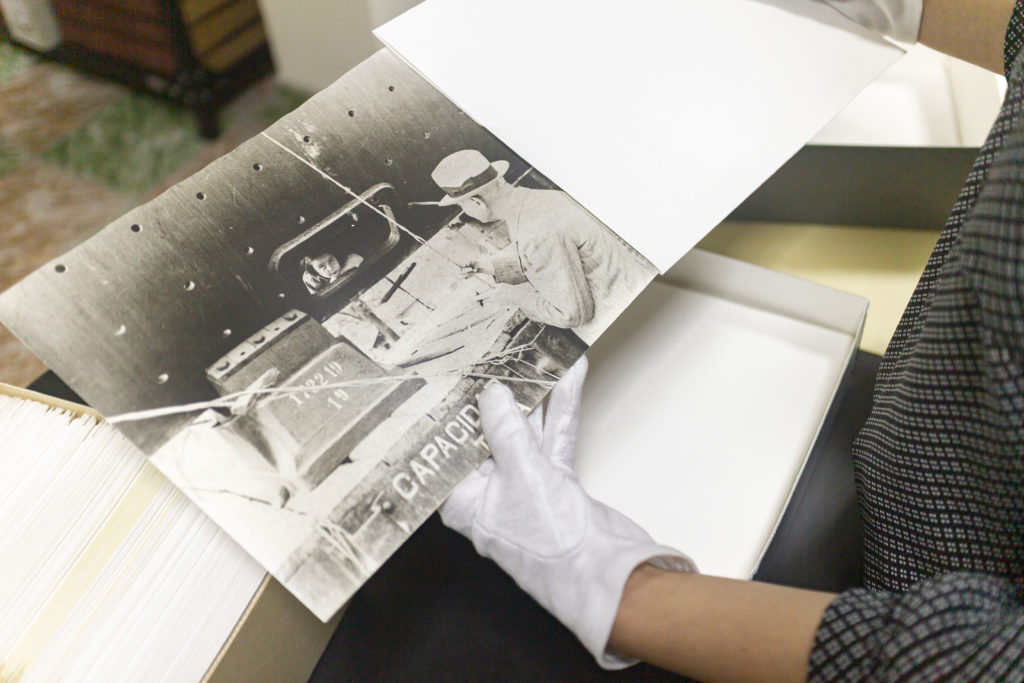
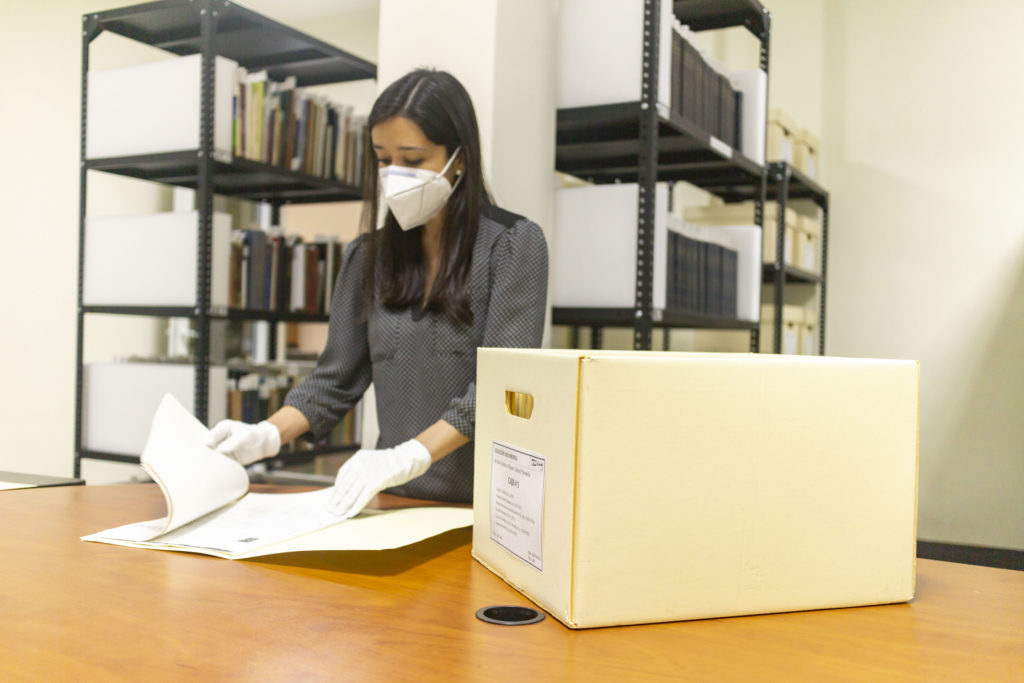
Today there is a storage room for the photo library and another for the documentary collection, the library and plan library, as well as a space for the textile collection. All the necessary preventive conservation measures such as air conditioning through temperature and humidity controls, LED lighting and security were implemented. Mechanical cleaning was done to remove all contaminating materials that could cause future damage.
Minimal restoration interventions have been made for damaged books and / or documents to avoid deterioration or loss of information. In the case of photographs and negatives, only preventive measures have been applied.
The documentary collection was cataloged based on the company name and was ordered according to the date of the document and the photographic collection by subject, date, plant of origin and description. The books were cataloged by the universal Dewey decimal classification system, which is applied in most libraries around the world.
The storage of the documentary collection is carried out with acid-free materials (folders, folders and boxes), special for the conservation of paper and photographs.
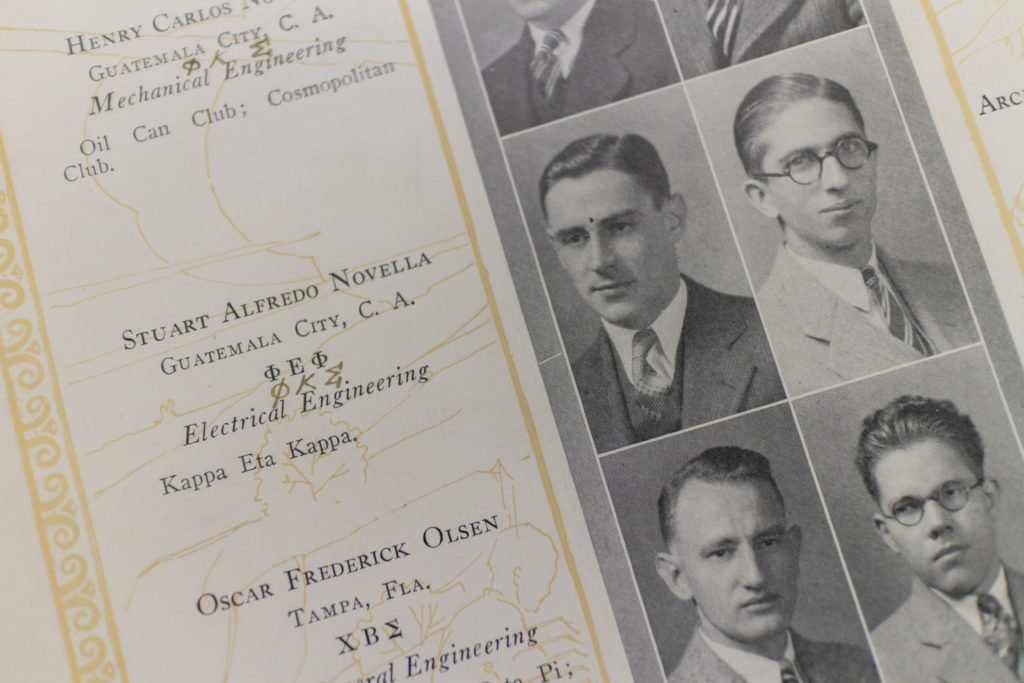
The documentary collection of the Carlos F. Novella Museum dates from 1860 to 2018. Most of the documents are in Spanish and some are in English, French, German and Italian.
The collection has more than 12 thousand negatives of photographs, 45 videos in VHS format, 27 cassettes, 41 videos on DVD, 1,800 slides, 3,300 documents, 503 between books and magazines, 2,800 plans and 21 thousand photographs.
The historical archive of the museum seeks to avoid the manipulation of physical materials, the collections of photographs, negatives, documents and plans were digitized to facilitate their access by consulting the Claris Filemaker database, thus ensuring their long-term preservation. Safeguards digital memory by backing up to external storage devices and internal storage cloud